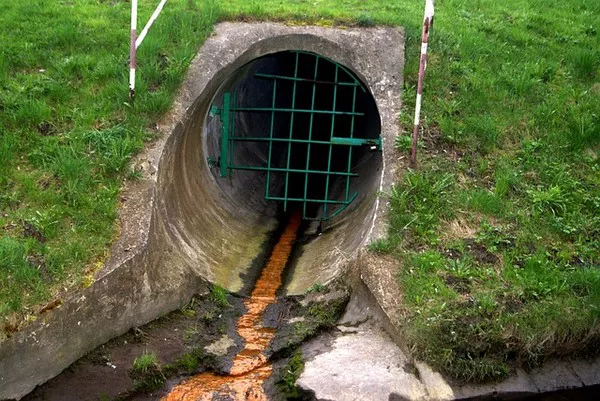Sewage treatment plays a crucial role in maintaining public health and preserving the environment. As urban populations continue to grow, the proper management and treatment of sewage become increasingly important. In this article, we will delve into the process of sewage treatment, its significance, and the various steps involved in ensuring that wastewater is safely and effectively treated before being released back into the environment.
The Importance of Sewage Treatment:
Sewage treatment is essential because it prevents untreated wastewater from polluting water bodies such as rivers, lakes, and oceans. Raw sewage contains harmful contaminants, including disease-causing pathogens, organic matter, nutrients, and toxic chemicals. If left untreated, these pollutants can degrade water quality, harm aquatic life, and pose serious risks to human health.
The Basics of Sewage Treatment:
The sewage treatment process involves several steps designed to remove contaminants and transform the wastewater into a less harmful form. The three primary stages of sewage treatment are:
Primary Treatment:
The first step in sewage treatment is the primary treatment, which aims to remove large, solid materials and floating debris from the wastewater. The wastewater flows into large settling tanks, where the heavier solids settle to the bottom, forming sludge, while oils and greases rise to the surface. Mechanical equipment such as screens and grit chambers are employed to filter out larger objects like plastics, rags, and grit. The sludge and scum are then removed for further treatment and disposal.
Secondary Treatment:
After primary treatment, the wastewater moves to the secondary treatment stage. This step focuses on reducing the concentration of dissolved and suspended organic matter present in the wastewater. The process involves the use of beneficial microorganisms, which break down the organic pollutants into stable substances through the process of biological oxidation. The most common secondary treatment method is the activated sludge process, where the wastewater is mixed with a mixed liquor of microorganisms in aeration tanks. The oxygen provided in these tanks sustains the microorganisms, promoting their growth and accelerating the breakdown of organic matter.
Tertiary Treatment:
The final stage of sewage treatment is tertiary treatment, also known as advanced or effluent polishing. This step further improves the quality of the treated wastewater by removing any remaining suspended solids, nutrients, and trace contaminants. Several techniques are employed for tertiary treatment, including sand filtration, microfiltration, reverse osmosis, and disinfection. Disinfection is especially crucial to eliminate pathogenic microorganisms and ensure the safety of the treated water before its discharge into the environment.
Innovative Sewage Treatment Technologies:
In recent years, advancements in technology have led to the development of innovative sewage treatment methods that are more efficient and environmentally friendly. Some of these cutting-edge technologies include:
Membrane Bioreactors (MBRs):
MBRs combine biological treatment with membrane filtration, providing a highly efficient way to separate solids from the treated water. The membranes used in MBRs have microscopic pores that block suspended solids, bacteria, and viruses, resulting in a higher-quality effluent.
Constructed Wetlands:
Constructed wetlands mimic natural wetland ecosystems to treat wastewater. These artificial wetlands use natural processes, such as microbial activity and plant uptake, to remove pollutants from the water. Constructed wetlands are not only effective in treating sewage but also provide additional environmental benefits, such as habitat creation and biodiversity enhancement.
Advanced Oxidation Processes (AOPs):
AOPs utilize powerful oxidizing agents to break down organic and inorganic pollutants present in wastewater. These processes generate hydroxyl radicals, which are highly reactive and capable of degrading even persistent and toxic substances.
The Role of Regulations in Sewage Treatment:
To ensure effective sewage treatment and safeguard public health and the environment, governments and environmental agencies establish regulations and guidelines that dictate the standards for wastewater treatment and discharge. These regulations often specify the maximum allowable levels of pollutants in the treated wastewater and define the permissible discharge points into water bodies.
Conclusion:
Sewage treatment is an integral part of modern sanitation systems, essential for preserving water quality, protecting aquatic ecosystems, and safeguarding human health. The primary, secondary, and tertiary treatment processes work in harmony to transform raw wastewater into a form that is less harmful to the environment. As technology continues to advance, innovative sewage treatment methods will further enhance the efficiency and sustainability of wastewater treatment, contributing to a cleaner and healthier world for generations to come. Compliance with regulations and continued research in the field will play a crucial role in maintaining and improving the effectiveness of sewage treatment systems worldwide.

